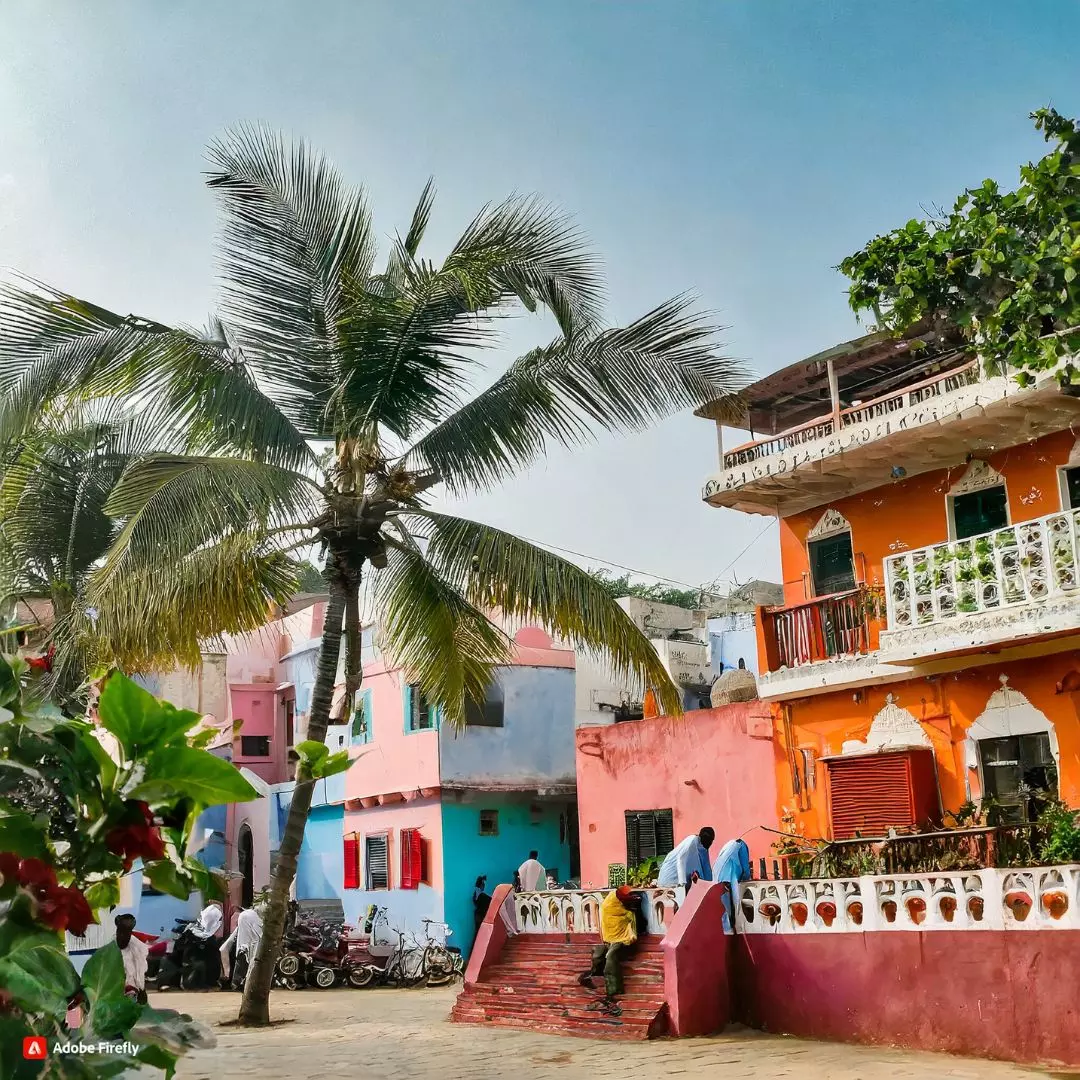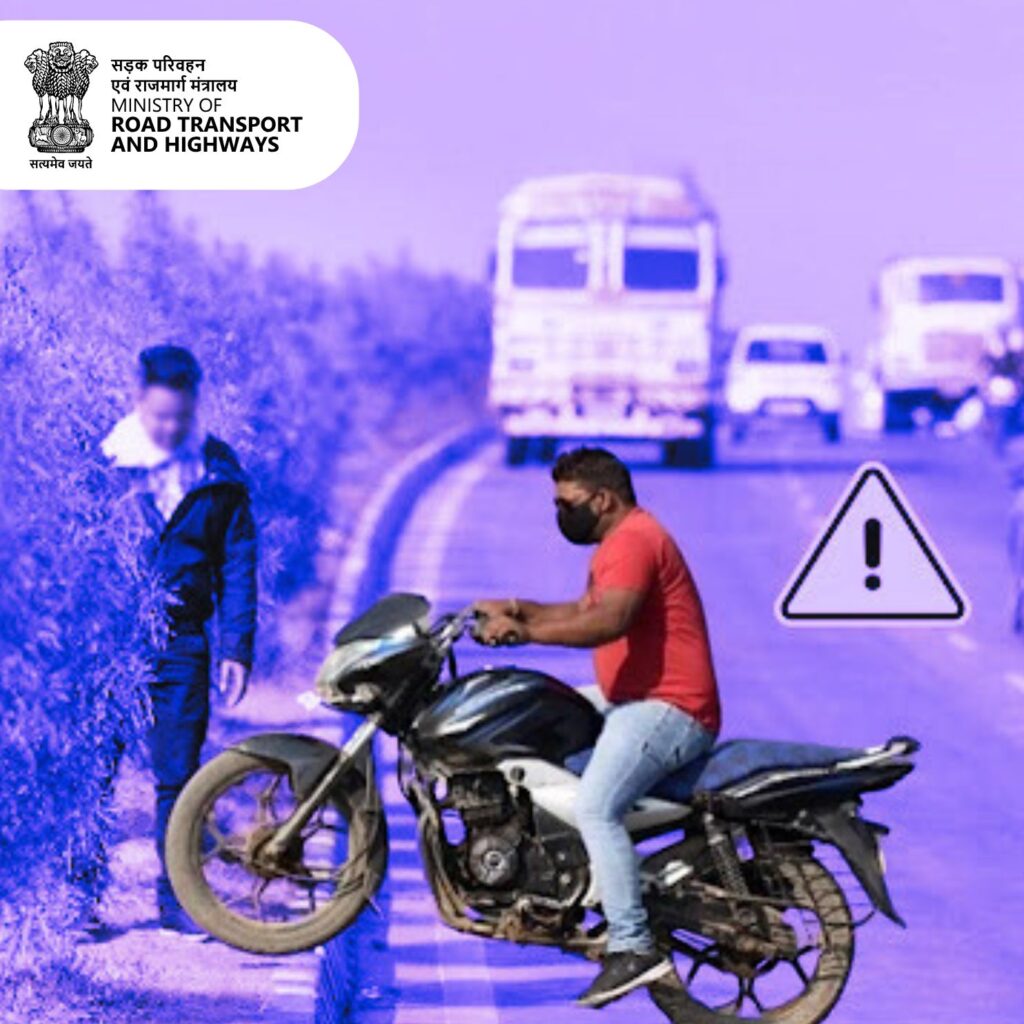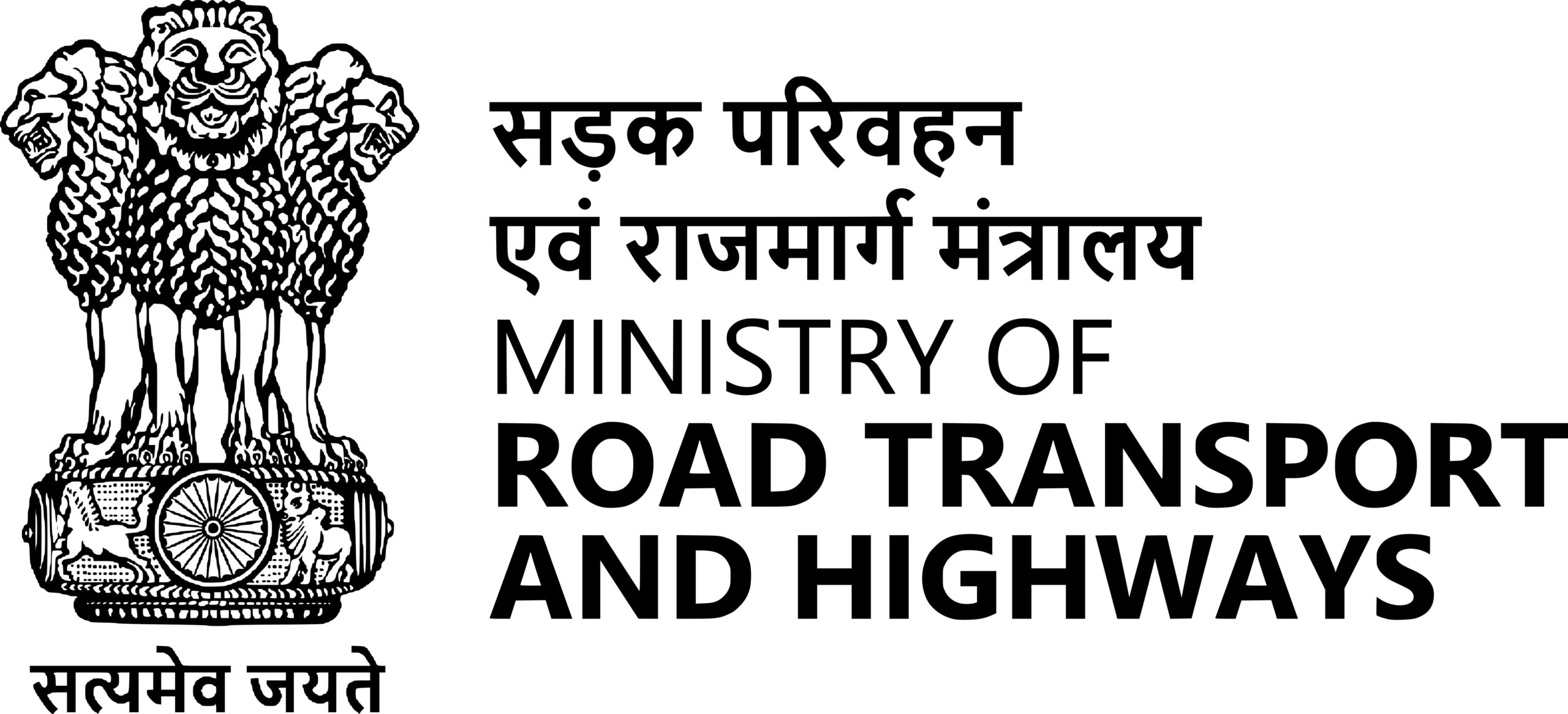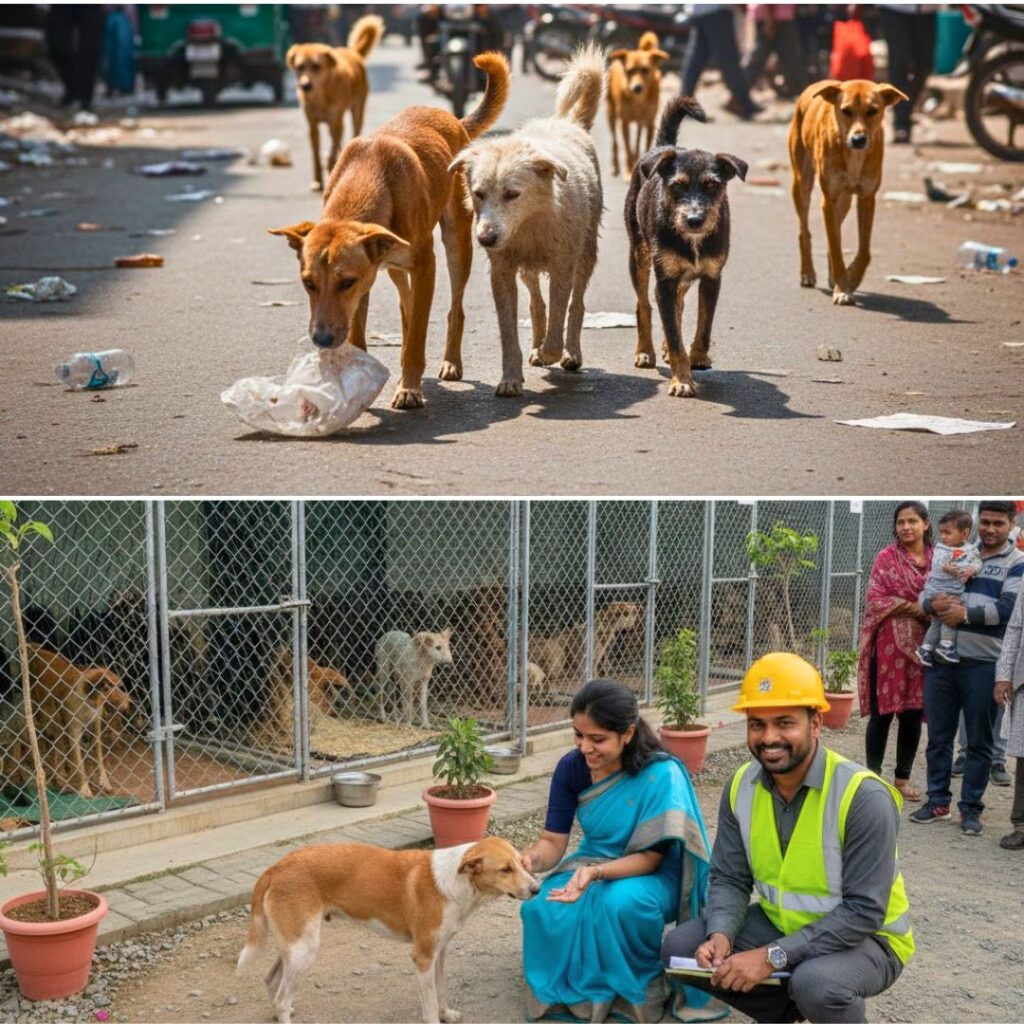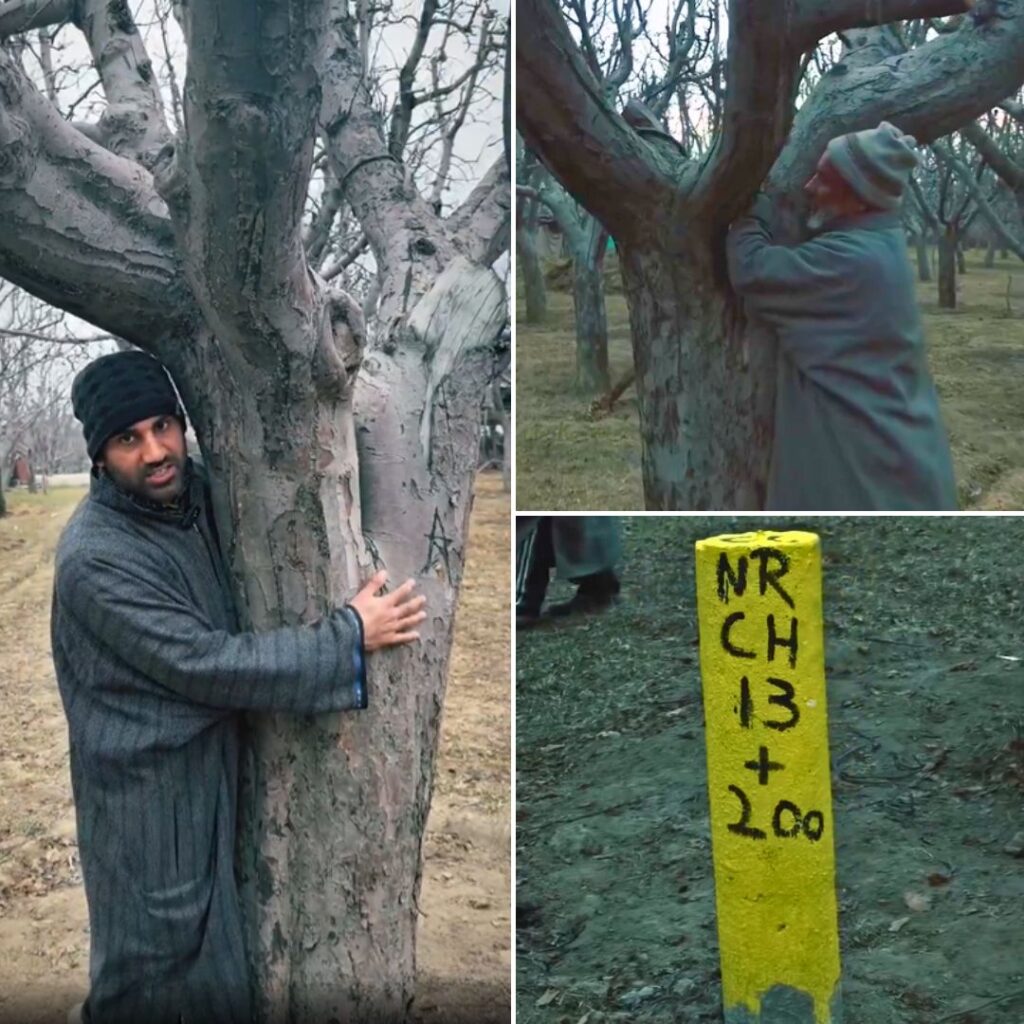Pondicherry, now known as Puducherry, stands as a testament to the rich tapestry of cultures that have woven together to create a unique and vibrant union territory. From its diverse festivals to the amalgamation of French, Tamil, and neighbouring state influences, Puducherry offers a cultural experience unlike any other.
The festivals of Puducherry mirror the social structure of this union territory. With a blend of religious and cultural celebrations, the people of Puducherry come together to partake in events like the Kinni Radhothsavam in Kamatchiamman Temple, Masi Magam, Brahamothsavam in Manakula Vinayagar Temple, Bastille Day on 14 July, Fire Walking Festival, and the annual festivities at Muthumariamman Temple and Drowpathiamman Temple.
One of the standout events is the International Yoga Festival in January, drawing enthusiasts from around the globe. The Veerampattinam Car Festival is another highlight, showcasing the cultural diversity that defines Puducherry.
Influence of French Culture
As a former colony of France, Puducherry proudly carries the imprint of French culture on its architecture, cuisine, and lifestyle. The French influence, however, coexists harmoniously with the cultural nuances from neighbouring states like Andhra Pradesh, Tamil Nadu, and Kerala.
Puducherry serves as a pilgrimage center for followers of various religions, embodying the essence of religious harmony ingrained in its culture. With over 350 temples in and around the region, spirituality is deeply embedded in the cultural fabric.
The people of Puducherry engage in various forms of handicrafts, including leatherwork, woodcraft, pottery, and metalcraft. This artistic expression reflects the cosmopolitan nature of the culture, where individuals from different castes, creeds, and religions coexist amicably.
Remarkably, Puducherry’s populace speaks French and English, in addition to Tamil, Telugu, and Malayalam. The educational landscape, marked by institutions like Aarupadai Veedu Medical College and Jawaharlal Institute of Postgraduate Medical Education and Research, underscores the significance of learning in the local culture.
Puducherry’s culture is a rich amalgamation of diverse traditions, blending the customs of Tamil origin with the lifestyle introduced during French colonization. The cultural practices encompass various fairs and festivals, celebrating not only religious occasions but also daily activities, food, and handicrafts.
Music and dance are integral to Puducherry’s cultural life, with festivals featuring traditional forms such as Yakshgana, Kathak, Kuchipudi, and more. The Chidambaram Natyanjali Festival and the Bhairavi, a Carnatic music circle, contribute to the cultural vibrancy.
Architectural Marvels and Heritage Preservation
Puducherry’s architecture serves as a captivating reflection of its cultural history. Divided into French and Tamil quarters, the cityscape showcases distinct styles, with houses in the Tamil sector featuring characteristic street verandas and the French quarter boasting tall arched windows and doors.
The fairs and festivals of Puducherry, deeply rooted in its cultural heritage, resonate with the diverse population. From Hindu celebrations like Pongal to the International Yoga Festival that attracts global participants, Puducherry’s festivals are a testament to its inclusive and vibrant cultural ethos.
Formerly known as Pondicherry, this union territory earned its moniker as “The French Riviera of the East” during the era of French colonization. The history of Puducherry is marked by pre-colonial periods under Pallavas, Cholas, and Pandyas, followed by the Dutch, Portuguese, and French colonial influences.
The colonial period, characterized by French, Dutch, and Danish presence, shaped Puducherry’s destiny. The British captured and returned the city, leading to a prolonged Anglo-French war until 1954, when French influence formally ended.
The transition from French governance to Indian Union territory happened on November 1, 1954, following resolutions by Puducherry’s municipalities. Despite this historical shift, Puducherry preserves its unique cultural identity, attracting visitors with its architectural marvels, festivals, and diverse heritage.
Topography, Economy, and Climate
Puducherry’s topography, akin to coastal Tamil Nadu, experiences extreme coastal erosion due to a breakwater constructed in 1989. The economy, facing fiscal challenges, is primarily based on farming, including crops like rice, pulses, sugarcane, coconuts, and cotton.
The climate, classified as tropical wet and dry, sees summers with temperatures reaching 41 °C and monsoons from June to September. Winters are warm, with a well-defined northeast monsoon contributing to the annual average rainfall of 1,355 millimeters.
As per the 2011 census, Puducherry had a population of 244,377, showcasing a blend of cultural diversity. The majority speaks Tamil, while French institutions and a community add to the multicultural dynamics. Civic administration includes two municipalities, Puducherry and Uzhavarkarai, and commune panchayats for outlying regions.
Puducherry stands as a captivating blend of cultural influences, historical narratives, and contemporary dynamics. From its festivals to architectural marvels, this union territory presents a cultural kaleidoscope, inviting enthusiasts and travelers to explore the tapestry woven by centuries of history and diverse traditions. The French connection, religious harmony, and artistic expressions converge to create a unique and thriving cultural identity that defines Puducherry.
Also Read: The Critical Role Of Sleep: Unveiling Connection Between Quality Rest & Overall Well-being


